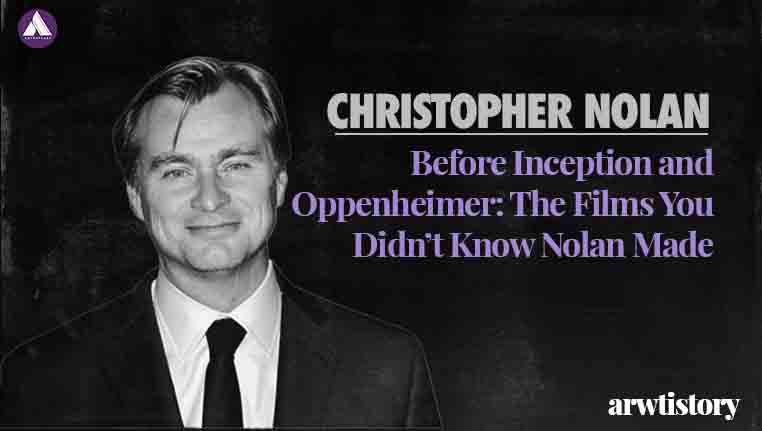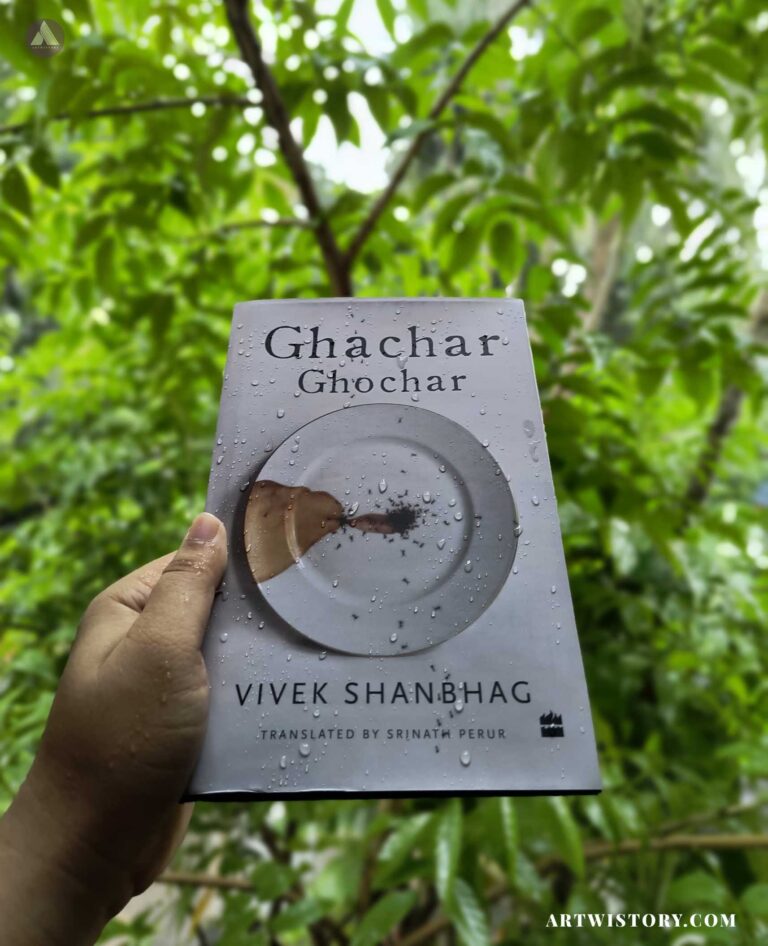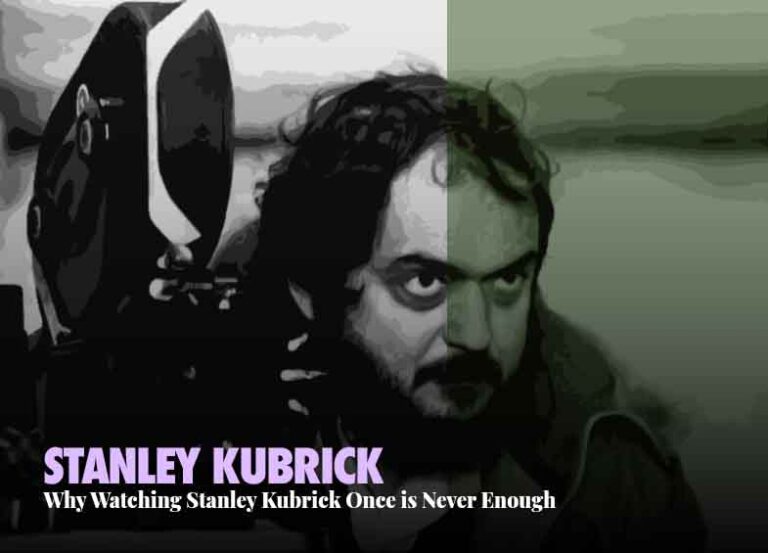Everyone talks about Inception and Interstellar—but what if I told you Nolan’s obsession with time, identity, and paranoia began with a 3-minute student film?
We all have seen Inception, Interstellar, or Oppenheimer, haven’t we? And if you haven’t, what are you doing? Go and watch it in the first place! But I guess more or less everyone knows about Nolan and his films. But before all these time loops, moral ambiguity, science fiction, and complex storytelling – he made films that you might not even have heard of.
Nolan was not a film student and studied literature at University College London (UCL), and he had taught himself to be a filmmaker. But he never made it into any film schools. His father asked him to study something legitimate and later get enrolled himself if he got the chance.
He started his college career, but he never forgot his ambitions.
The Surreal Madness of Tarantella
So what was Nolan’s first film? Did you know he even acted in it too?
No, Nolan’s first film is not Following(1998). Many might not be aware of Following in his filmography bucket. But I will be talking about it later on in this article. it was his first feature film. The first film that he made was Tarantella, made around 1989 during his college years with another Oscar-nominated director, Roko Belic. It was made when both of them were just 18 or 19 years old. It was an experimental short film with a duration of approximately 5 minutes, which was shot on 8mm film. 8mm film is a format often used for amateur and student films in the 1980s. Nolan co-directed the film with Roko Belic, who would later go on to direct the Oscar-nominated documentary Genghis Blues (1999). Because this was a student project, it was made using the film facilities at UCL.
Talking about the film, it has surrealist and expressionist elements. If you have ever heard of the Surreal Film movement, which was a part of the 20th-century Avant-Garde cinema, you will find a clear influence of that in this film. It was a horror film with psychological madness. The title Tarantella refers to a type of Italian folk dance that was historically associated with madness or possession. The film depicts something similar stylistically too. Non-linear, disorienting visuals and abstract storytelling could be pretty evident in this film. It has rapid cuts, dramatic lighting, and distorted camera angles. These stylistic choices foreshadow Nolan’s interest in nonlinear storytelling and subjective perception. You could watch the film by clicking here or just search the film name and click on the first link of the Internet Archive that will arrive.
Click here for watching Nolan’s short film Tarantella.
From Dream to Screen: Doodlebug
Even though this is his first film, we could see an amateurish attempt to make a film. But I don’t myself consider this his first film because he never made it with the purpose of releasing. So which is his next film – Following? No. A year before the release of the film Following, his first feature-length film, he made a short film. In that film, he took the same actor that played the lead in Following – Jeremy Theobold. The name of the film was Doodlebug. It was released in the year 1997 with a length of approximately 3 minutes. It was shot on 16mm, black and white. The film appears to be a psychological thriller with a hint of surrealism.
And do you know he made this film because he dreamt of it?
The whole point of the Surrealist movement in film was that they create art that originated in dreams. And we find a subtle hint in this film too. The film was based on a recurring nightmare Nolan had. He once said he dreamt about chasing a smaller version of himself, and that disturbing idea became the seed for Doodlebug. Now telling the plot will make you lose interest in the film itself and the way it was shot. Please go and watch the film once; I will be attaching the YouTube video under this for your convenience. The film reflects his later interests in loops, self-perception, recursion, and paranoia, as we could see in his films like Inception, Interstellar, The Prestige, and Insomnia. Both of these short films are devoid of dialogues, and you will see how visual storytelling plays a vital role.
The Birth of a Feature: Following
But at last, his first feature film is Following (1998).
It might not be as popular as his other films are. But still, if I had to rank his films, it would be ranked in his top 5 films. The film starts with an aspiring writer starting to follow random people because he had no job, and eventually, it becomes an obsession. And during these days, he followed someone who was weird and later found out he was a burglar. Eventually, the act of following turns into more twisted and greyer works. The film leaves a moral ambiguity. It was shot in black and white, most probably intentionally due to the need for the narrative or due to budget reasons. But whatever the reason is, the most viable reason seems to be the need for the plot of the narrative. Because in the film, the use of dark alleys and spaces works to the benefit of the narrative. Following, even though his first feature-length film, opts for non-linear storytelling. And the time is not linear too. If I have to divide three timelines in the story, they will be the protagonist with a bearded look, the protagonist with a suit and pants, and the last protagonist suited but injured. These three timelines eventually interject, forming a linear and single story.
Again, like any plot of Nolan’s films, this also has the same elliptical nature. The follower becomes followed. One of the scenes shows the protagonist following the burglar, unaware of his profession. A handheld POV shot toward the burglar could be seen, and then the same POV shot is used in reference to the burglar, even though the burglar is not watching him. The use of the camera works as the narrative progression. The entangled narrative works in favour of the cinema. The film emerged as a black-and-white neo-noir film made on a very low budget.
Click here to watch the film on Youtube.
Nolan’s filmography
So, though we know about his famous and popular films, we need to look at where he started and how he eventually rose up the stairs. Well, if we look closely and observe, he started with these morally ambiguous stories, with deep philosophical and psychological thrillers, eventually shifting into more mass films like historical dramas or science fiction.
He started with Following in 1998, then Memento, which is again a neo-noir psychological thriller in a non-linear structure. And in 2002, Insomnia, again a psychological thriller starring Al Pacino and Robin Williams, based on the 1997 Norwegian film. And then Batman Begins in 2005, one of my favourite franchise films ever. Batman as a character itself is a psychologically twisted character fighting with different psychologically ill or twisted villains. And then The Prestige in 2006. In 2008, The Dark Knight, one of the favourite films of Nolan that I keep revisiting, which is morally dark and keeps playing with moral dilemmas, especially starring Heath Ledger as the Joker. And The Dark Knight could be seen as the first film where he shifts a little to the science fiction genre but with a hint of psychological thriller. And then he shifts to these bigger mass films like Inception (2010), The Dark Knight Rises (2012), Interstellar (2014), Dunkirk (2017) – which is not science fiction, rather a WWII epic told from three perspectives: land, air, and sea – Tenet (2020), and then Oppenheimer (2023), again a historical biographical drama about J. Robert Oppenheimer and the creation of the atomic bomb. And the upcoming is again an epic adaptation of Homer’s Odyssey.
Though I love science fiction films like Inception and Interstellar, I like the psychological thrillers more like The Dark Knight, Memento, The Prestige, or Following, where the characters are more morally grey and complicated.
Let me know your rankings in the comment section and which film you like the most.



